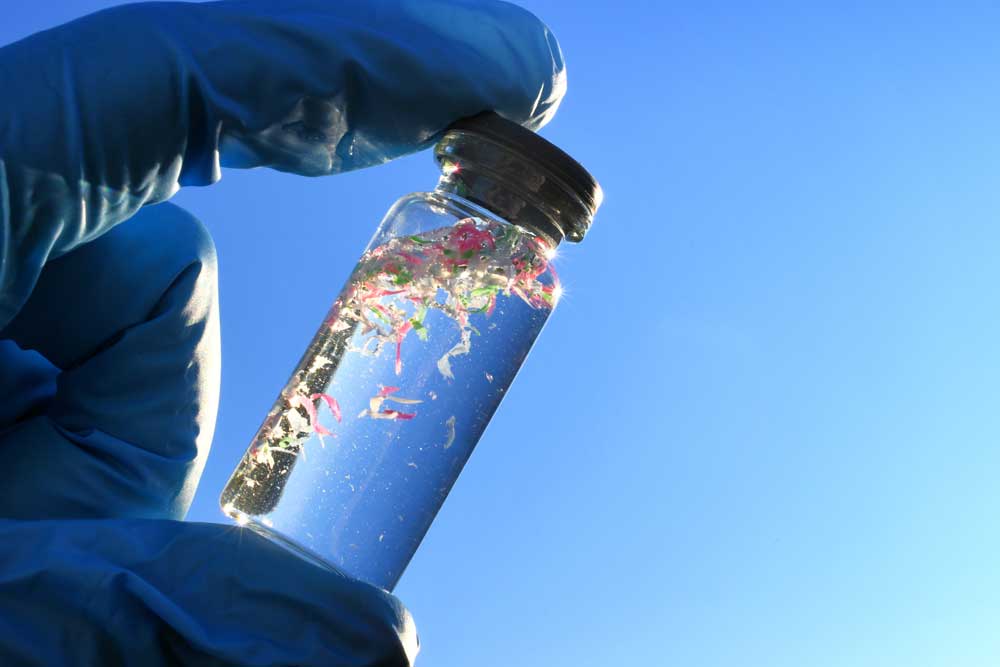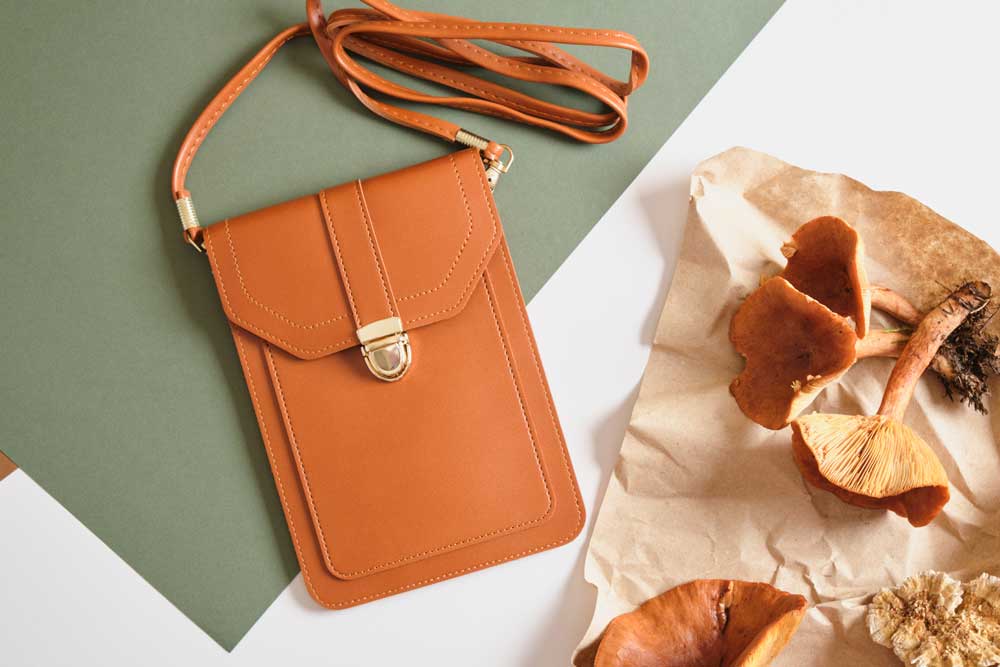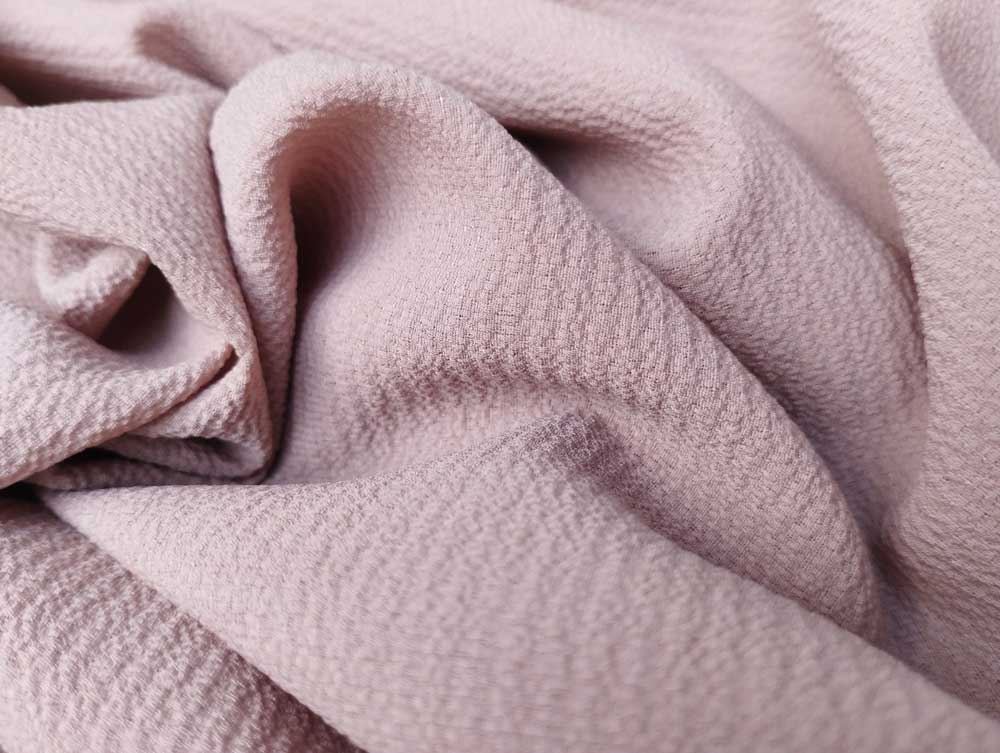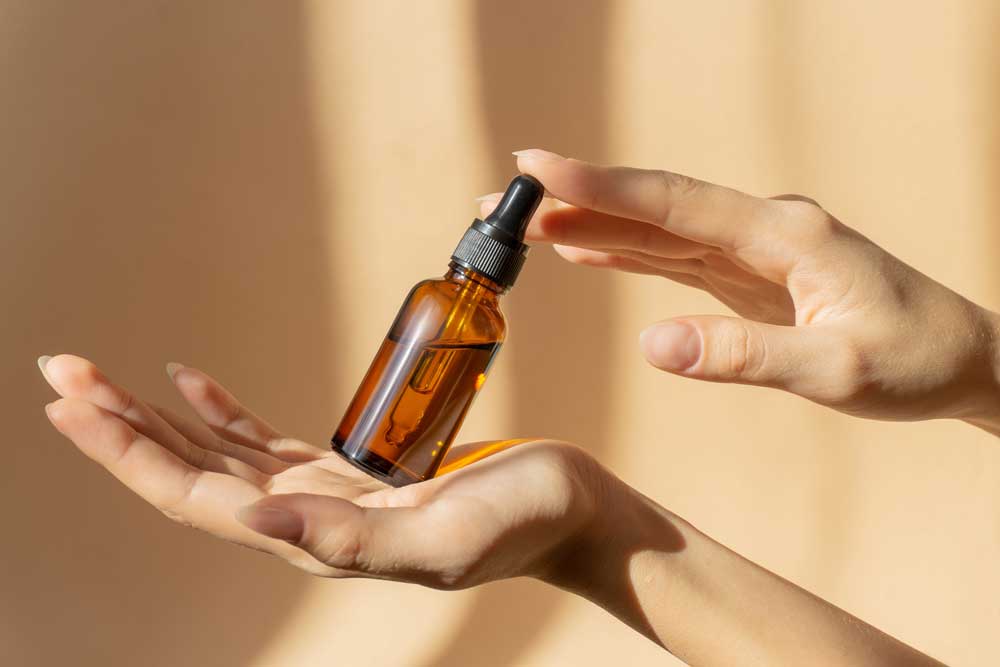Ready to clean up your beauty shelf and closet? From glitter-packed scrubs to that polyester top that sheds plastic with every wash, what we use and wear can leave a lasting mark on the planet. But you don’t need to do a 180 overnight. Small swaps can create a big difference.
Here’s your easy-to-scan, planet-friendly checklist of ingredients and materials to avoid, plus sustainable alternatives and how to spot them.
1. Microplastics
Where you’ll find them: Face scrubs, body washes, toothpaste, peel-off masks, and glitter cosmetics.
These tiny plastic beads sneak into our waterways every time we rinse them off. Marine life mistakes them for food, and they’ve even been found in human bloodstreams now.
Better swap: Choose natural exfoliants like walnut shell powder, coffee, or jojoba beads. Go for biodegradable shimmer made from mica or plant cellulose.
Spot it on labels: Avoid terms like polyethylene (PE), polypropylene (PP), or acrylates copolymer.

Image used for representational purposes only.
2. Palm Oil
Where you’ll find it: Moisturisers, lipsticks, soaps, shampoos, and packaged foods too.
Palm oil plantations are a major driver of deforestation and wildlife extinction, especially in Southeast Asia. Even when it’s sustainably sourced, the term can be vague or unregulated.
Better swap: Look for brands that use certified sustainable palm oil (RSPO) or go palm-free with cold-pressed plant oils like argan, moringa, or hemp seed oil.
Spot it on labels: Palm oil hides under names like glyceryl stearate, cetyl alcohol, and sodium lauryl sulfate. Google before you buy.
3. Conventional Leather
Where you’ll find it: Bags, belts, shoes, jackets, and even phone cases.
The leather tanning process often uses toxic chemicals like chromium that pollute water bodies and harm tannery workers. The livestock industry also contributes significantly to methane emissions.
Better swap: Choose plant-based leathers like cork, pineapple leaf (Piñatex), or cactus leather. Or go vintage/thrifted- it’s more circular.
How to spot it: If a label says 'genuine leather,' it’s the real thing. Seek out alternatives marked vegan leather or plant-based leather, but do check if it’s PVC-based (avoid those too).

Image used for representational purposes only.
4. Viscose/Rayon (If Unsustainably Sourced)
Where you’ll find it: Fast fashion, flowy dresses, high-street tops. While viscose is made from wood pulp, it can be very harmful when forests are cleared irresponsibly or toxic chemicals are used in the process.
Better swap: Opt for modal or lyocell (TENCEL™) made in closed-loop systems. Support labels that source FSC-certified viscose.
How to spot it: Check the brand’s sustainability section or product tags. Look for certifications like FSC or mention of closed-loop production.

Image used for representational purposes only.
5. Petroleum-Based Ingredients
Where you’ll find them: In fashion (polyester, nylon, acrylic) and beauty (mineral oil, paraffin, petrolatum). They’re derived from fossil fuels, are non-biodegradable, and can clog both pores and landfills. Polyester also releases microfibres with every wash.
Better swap:
In beauty: Look for plant-based oils (like coconut) instead of mineral oil.
In fashion: Choose organic cotton, linen, or recycled fabrics.
Spot it on labels: Avoid ingredients like paraffinum liquidum, petrolatum, and fabric tags that say 100 per cent polyester without recycled content.

Image used for representational purposes only.
Sustainable beauty and fashion don’t mean compromising on style or results, they just ask us to be more mindful. By learning to read labels and supporting brands that prioritise the planet, we become conscious consumers and that’s always in style.